Report this entry
More from the same community-collection
Romy Ledesma Ph.D. 1991 - El Paso, Texas
UTEP Professor - Romy Ledesma Ph. D. 1991 received National ...
Yvonne Jimenez, Judge Sue Kurita, Sylvia Gomez - 1994
Yvonne Jimenez, Judge Sue Kurita, Sylvia Gomez - 1994 at UTEP ...
Haywood Antone Ph.D. & Carl Hertzog - Texas Western Press-1993
Haywood Antone Ph.D and international renowned publisher Carl ...
Mayor Joe Wardy - El Paso, Texas - 2004
Mayor Joe Wardy of El Paso, Texas speaks at event in 2004 ...
Texas Western College in 1955 , Aerial View - El Paso, Texas
Texas Western College, Aerial View shows Veteran Housing, Globe ...
UTEP Special Events Center, Construction - May 1976
UTEP Special Events Center was under construction May 1976.
UTEP Special Events Center, Construction - May 1976
Bulldozer works at entrance of UTEP Special Events Center which ...
Fraternity House - Texas Western College - 1955
This was a fraternity house for students at Texas Western ...
President Natalicio w/ Coach Haskins 1993
UTEP President Natalicio enjoys game in 1993 with famous ...
UTEP Library Construction circa 1975 El Paso, TX
Photo shows modernistic design of former UTEP Library which was ...
President's Residence, TWC, 1942-1958
Building on campus of Texas Western College in El Paso Texas ...
President's Residence, TWC, 1942-1958
Building on campus of Texas Western College in El Paso, Texas ...
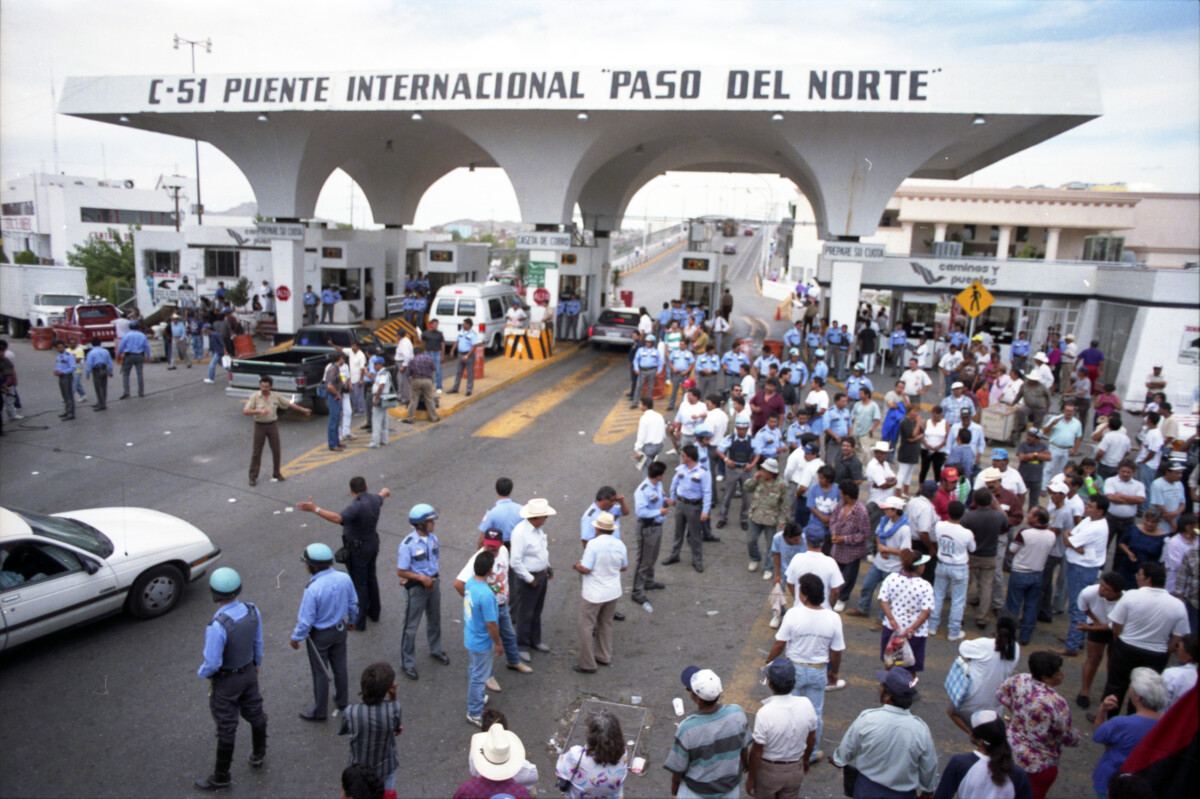
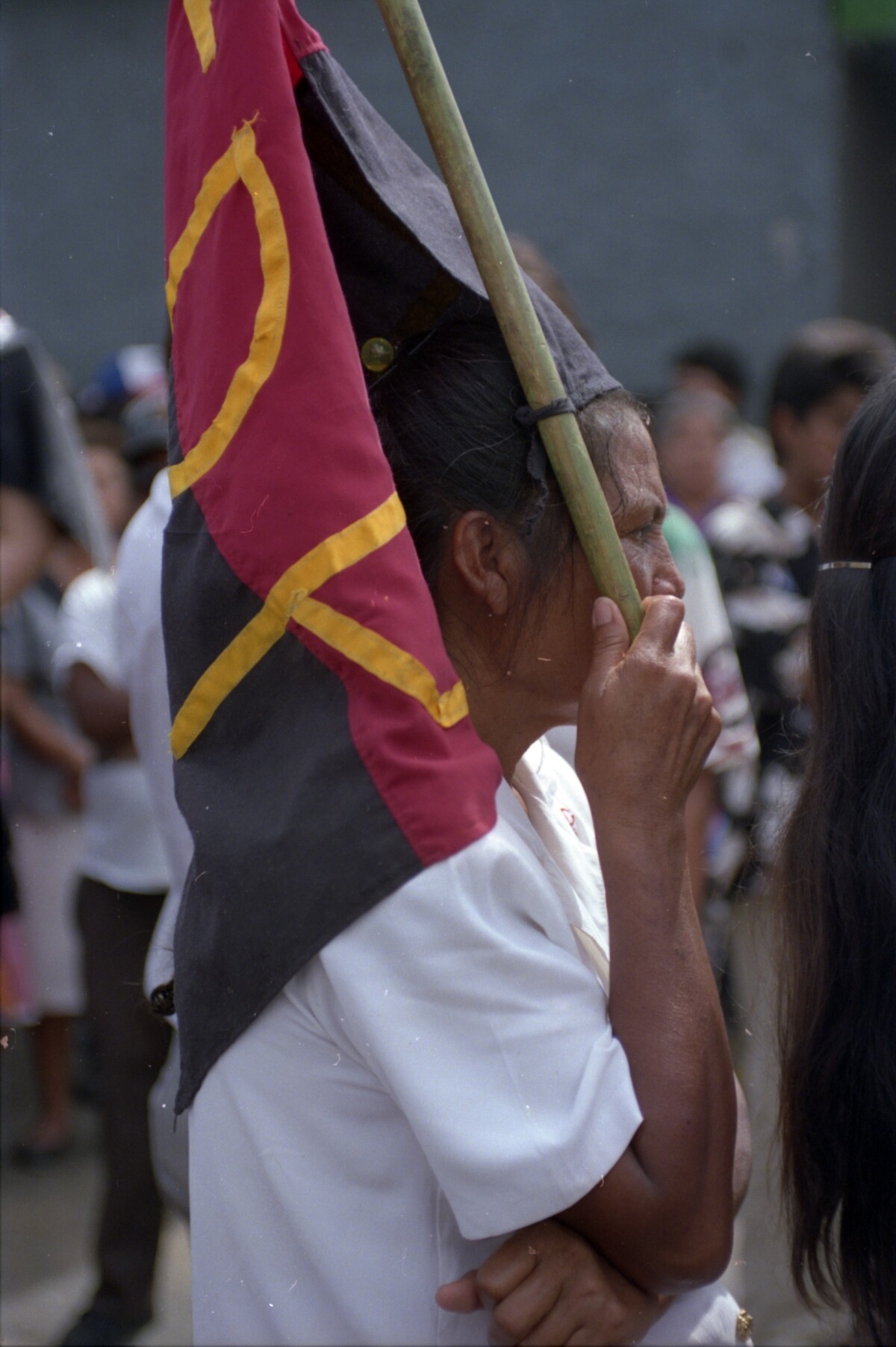

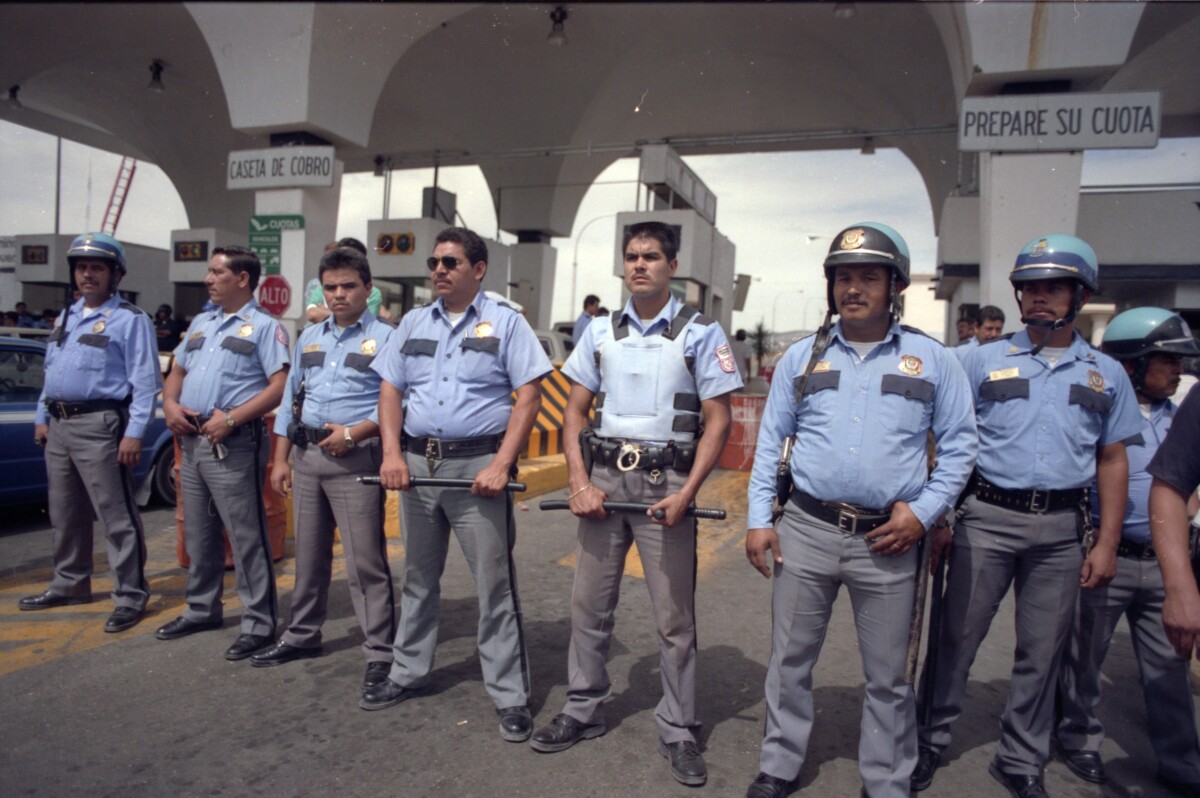
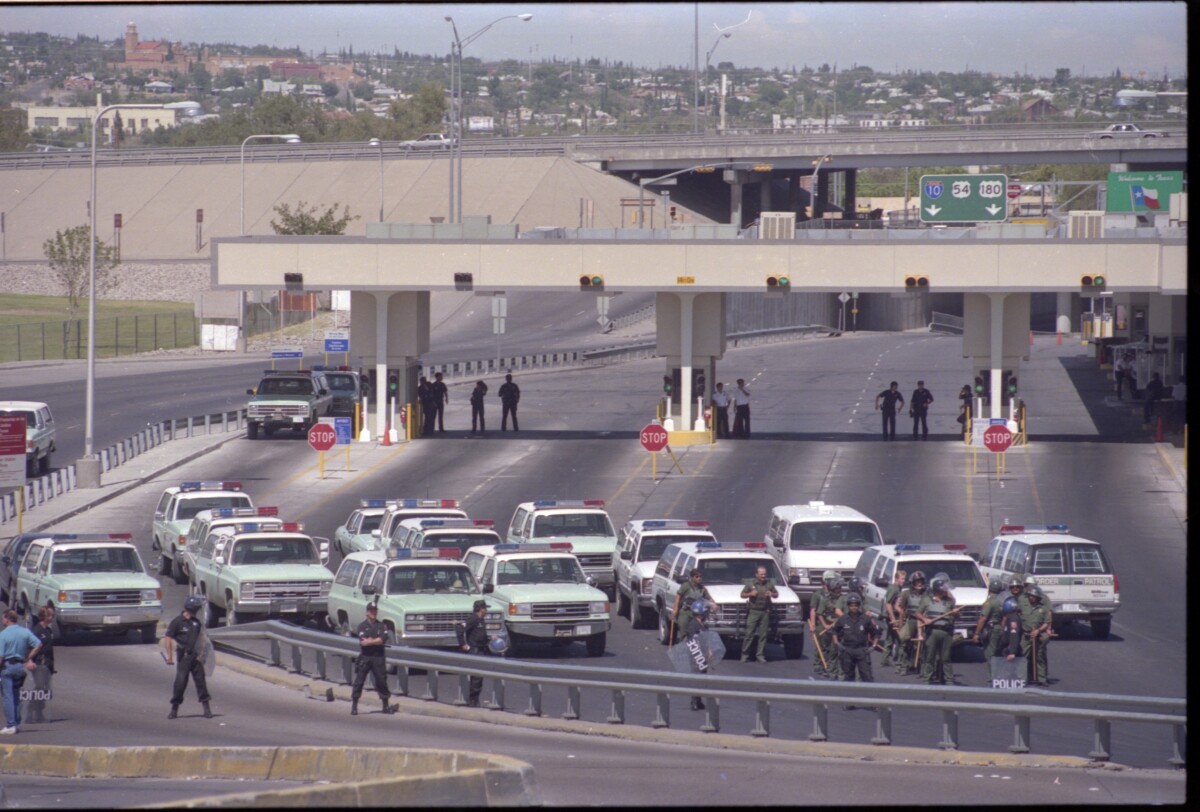

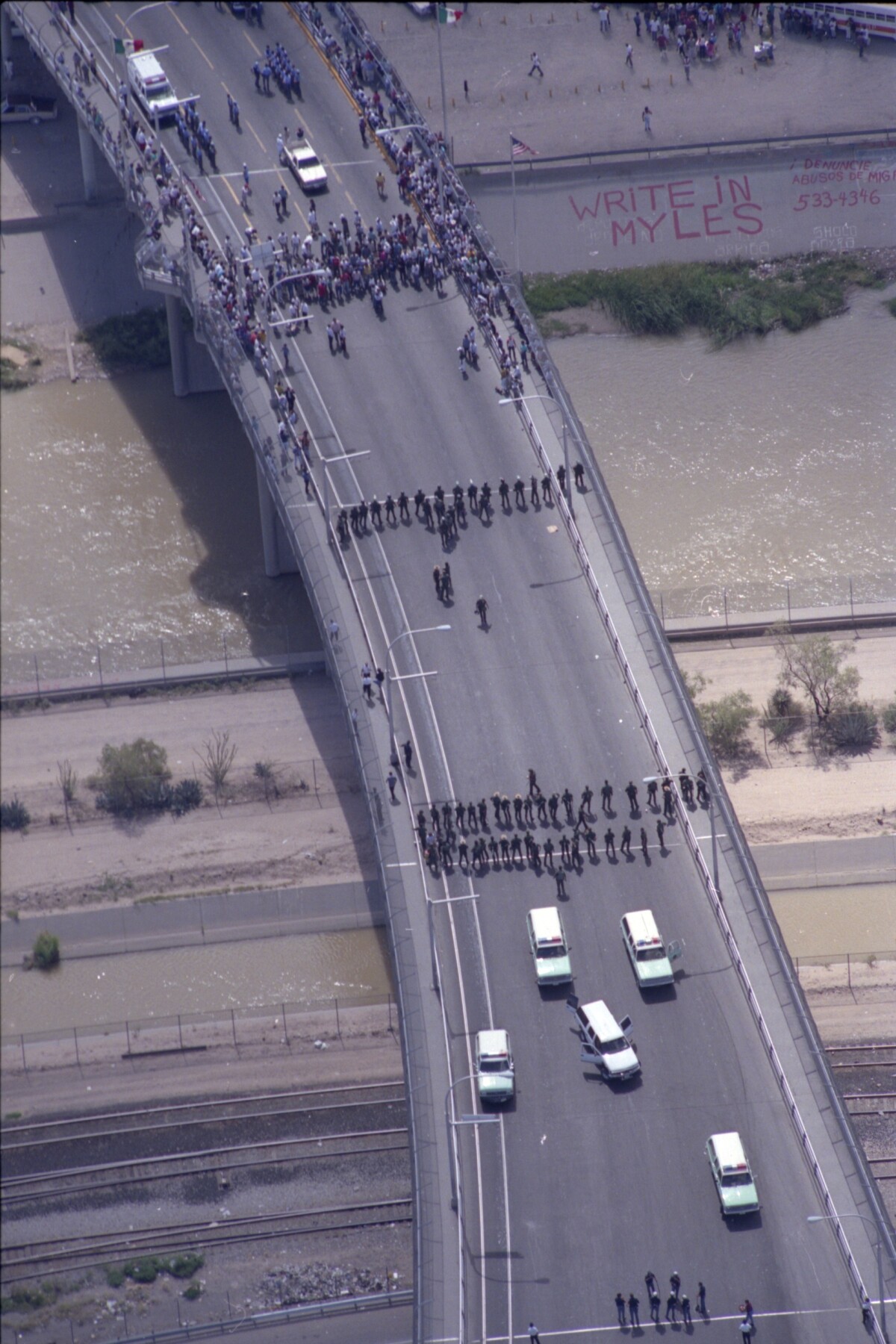

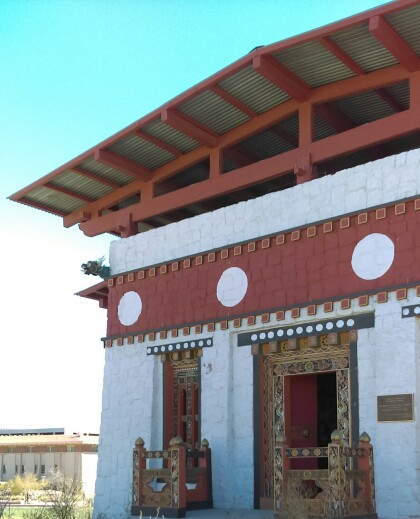




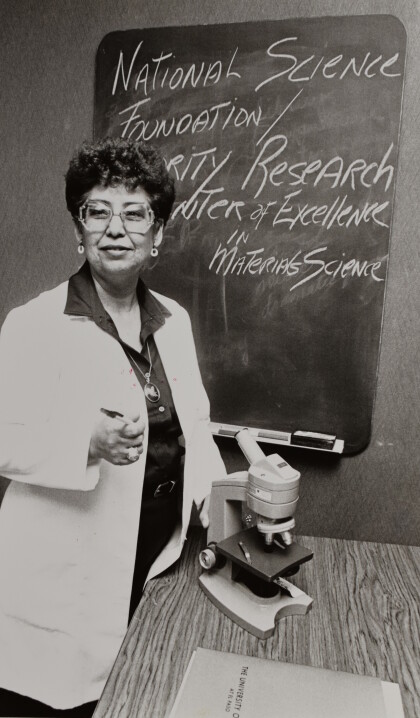


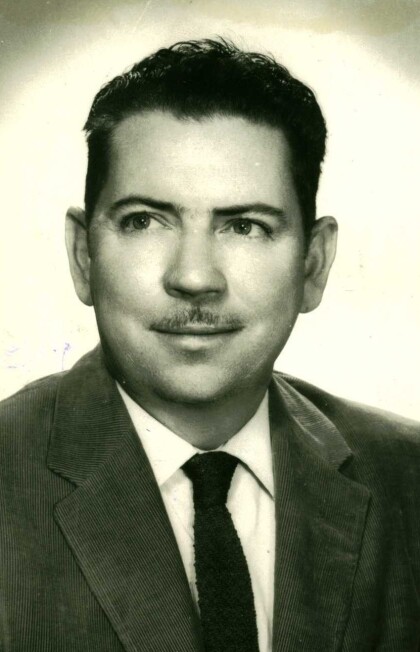
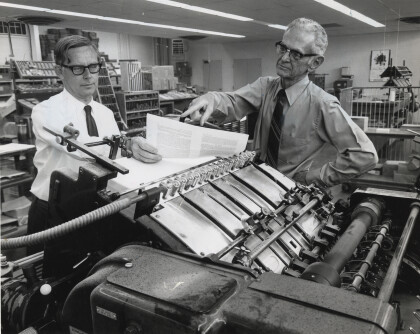


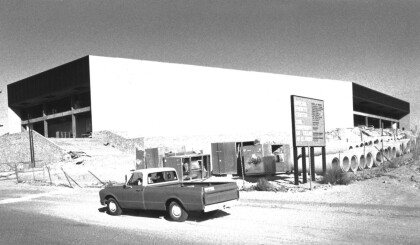
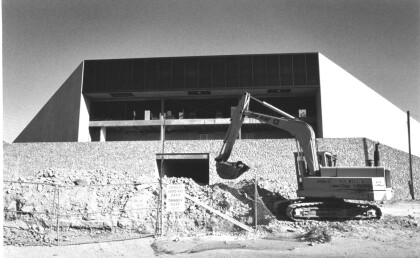
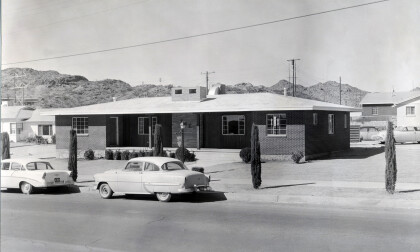
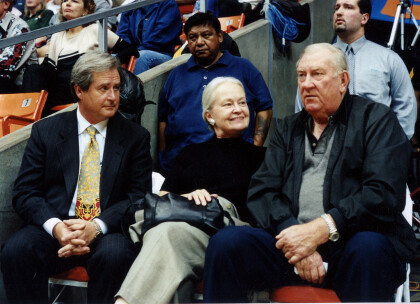
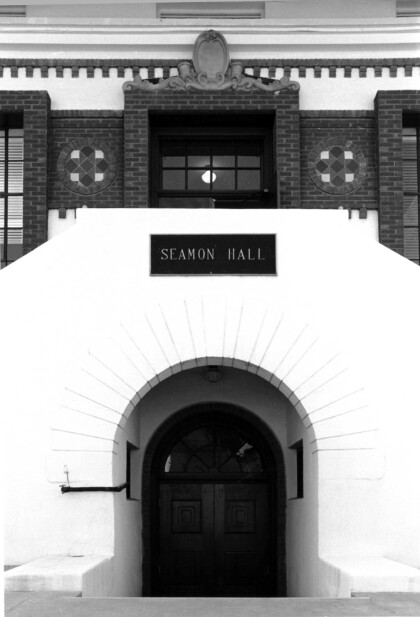
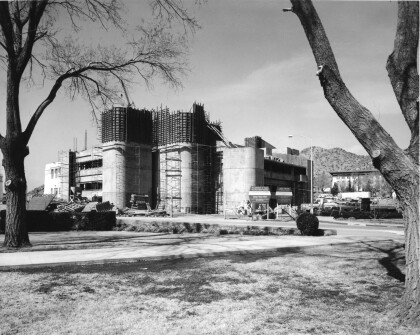
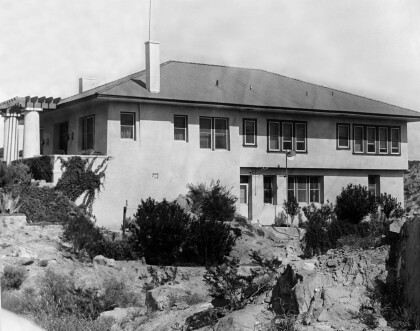
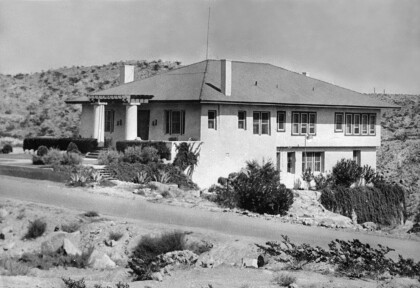
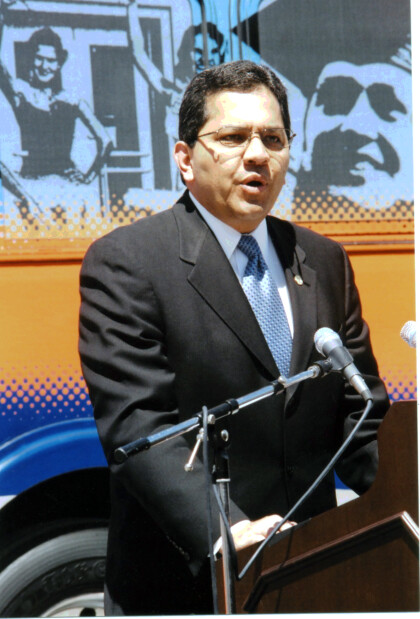
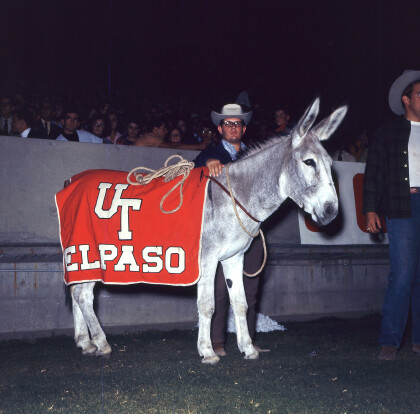
Comments
Add a comment